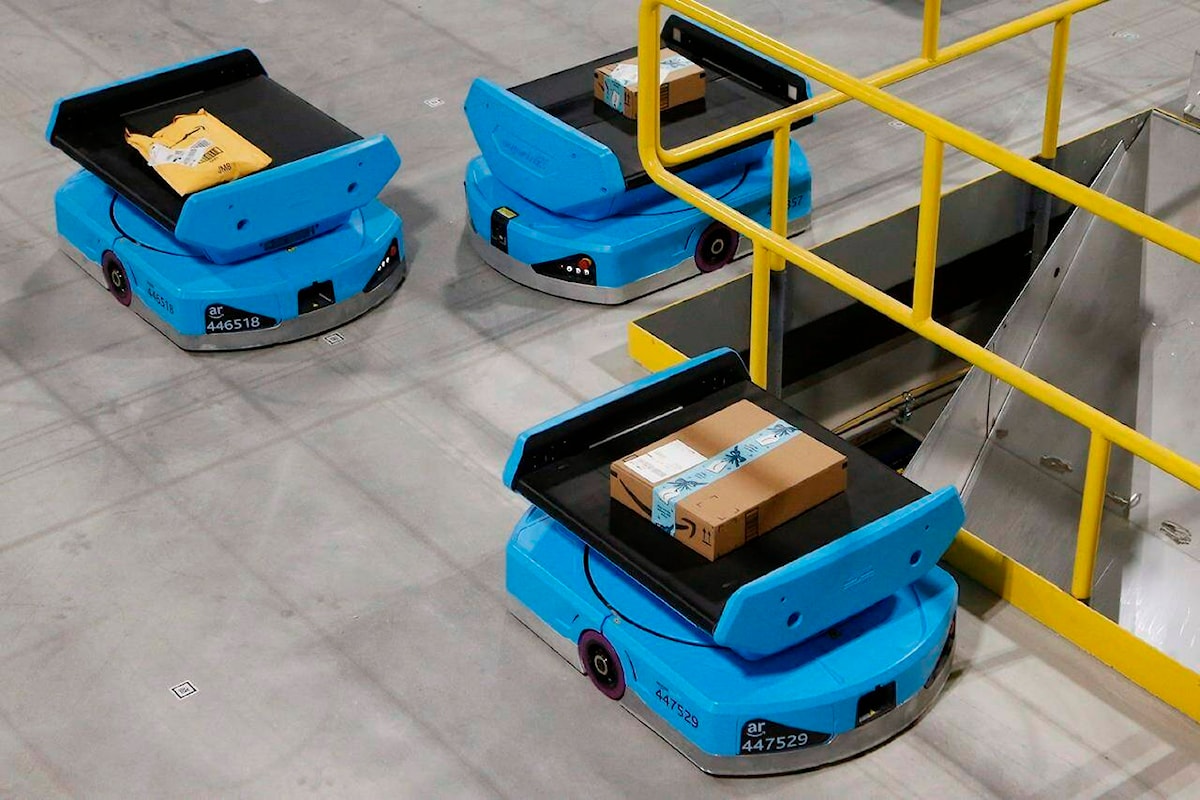- Reaction score
- 5,257
- Points
- 1,040
Yeah, at the national level it was turned off. It still generates a notice, but the supply manager has to manually pull it up and start a buy. Usually they end up with a big pile of items and we manually triage them to pull some things forward (which usually happens when an HPR comes up and there are outstanding demands).The Min/Max settings aren't turned off. They were working on FRE. Unless something has changed since '20. Or you mean something is shut off at the LCMM level, which wouldn't surprise me.
But we routinely had our warehouse levels restocked by the min/max settings.
A lot of the demands are legacy ones or duplicates as well so there is a lot of noise in the system. But there isn't anything to predict what materials PM will use, so the only data we get is retroactive. So if maintenance isn't getting done because parts aren't available, equipment is broken, or there isn't time, the usage rates become kind of garbage.
Which is unfortunate because if the PMs had a bill of material could use it for handy things like generating a suggested resupply forecast for deployed ships as a starting point, instead of the ship having to pull that together themselves. We tried to get that added on when we update PM routines but there was more interest in doing dashboards or something for the BGHs (based on bad data anyway).
But using a ship building examples, all jobs include a BOM as standard, and if you know rough delivery time you can have things like drop dead dates for procurement to meet the schedule automatically to help prioritize things. The problem we run into is some things are 2 year lead times, but when shelves run dry there is only about a six month (at best) early call up, so unless we have a two year supply as the min usually run out before we get new stuff in. At least with DWPs we start that way earlier and build a list manually, but have nothing for in service AFAIK.
The related issue is years ago we also got pushed to cut down on stock levels to reduce warehousing costs, but never came with any kind of increased resources or funding to actually be able to get down to 6-12 months of stock with continuous resupply. We're slowly on our end going back to a 2-3 year minimum level for common items, and for things at end of life, starting to buy enough for multiple ships when we see things like the same valves and gauges starting to fail because they are 25-30 years old.
We are in the process of trying to get a giant ISSC to basically just buy stuff and find replacements for obsolete components to get the CPFs out to end of life but it's grinding through very slowly and stuck in the SCBA process. It's a bit like being told you have to cross a bureaucratic bridge to go somewhere, when it's still a napkin sketch, and slowly starting to make your way across as it's being built (and hoping it doesn't collapse). Not hugely efficient, with a few people working on the process full time, but will be a 9 figure contract (if the CPFs don't self retire before it gets in place). Won't be sexy work but without boring things like valves, sensors, gauges etc the multi-billion dollar combat kit is just top weight on a steel box.





